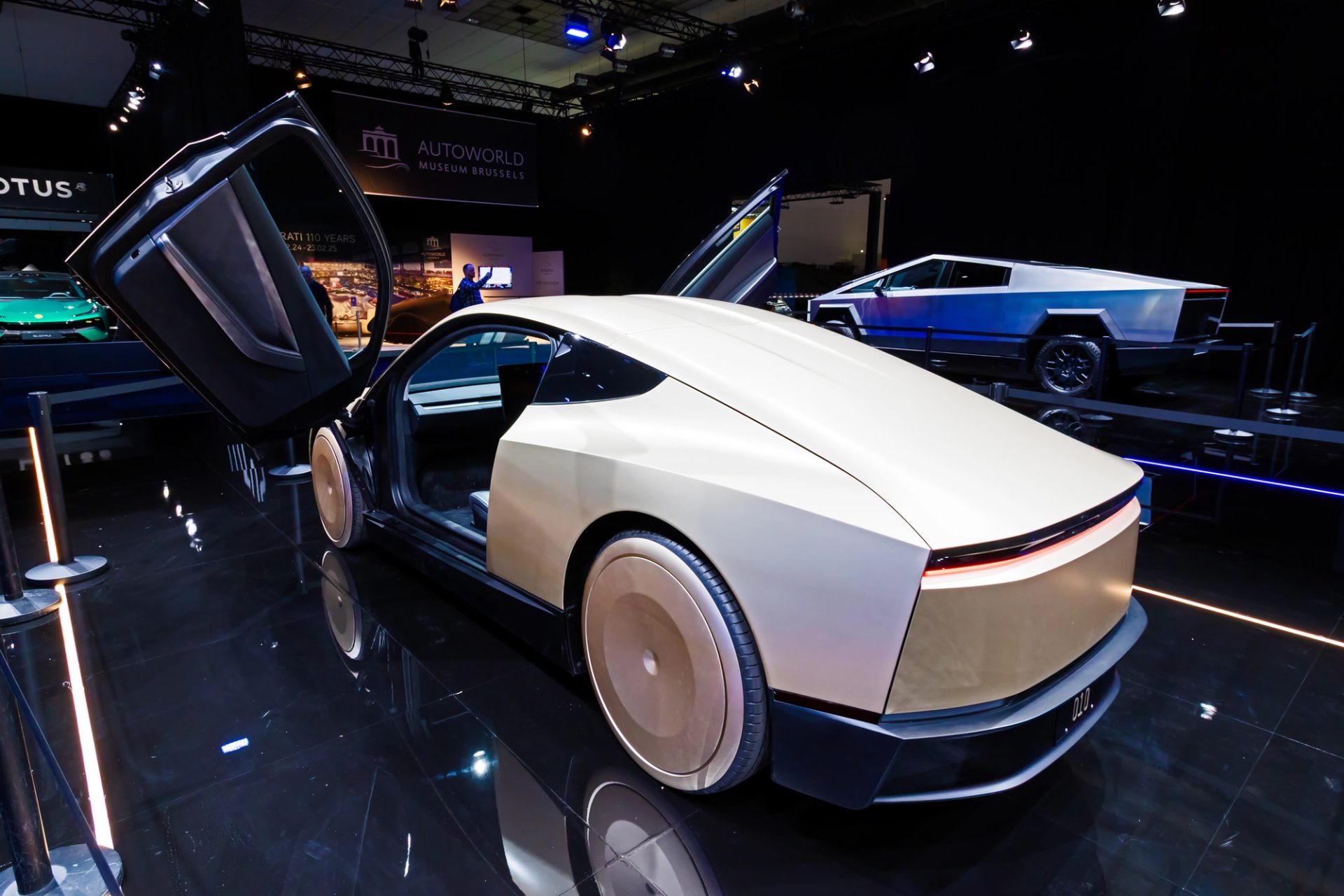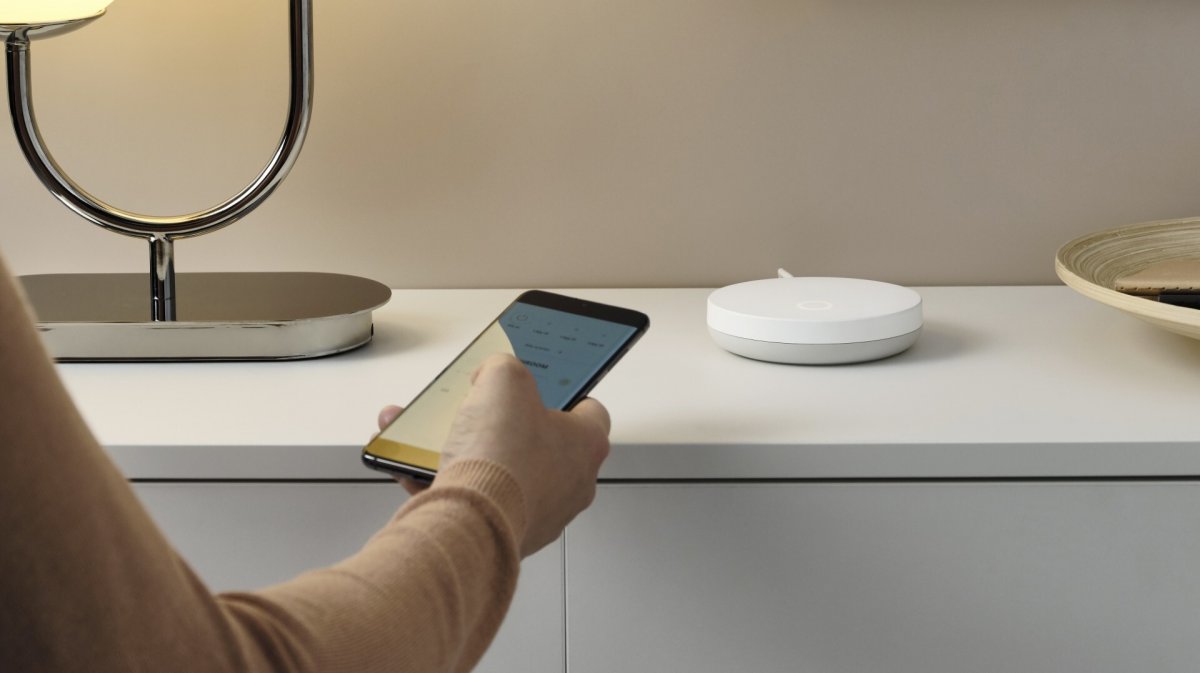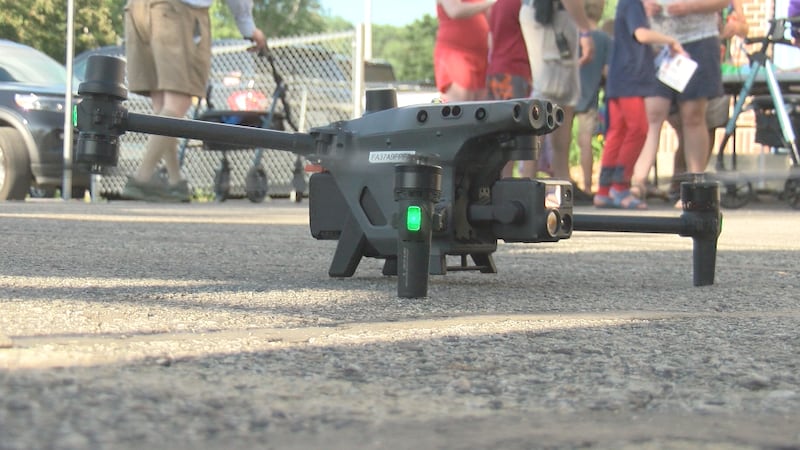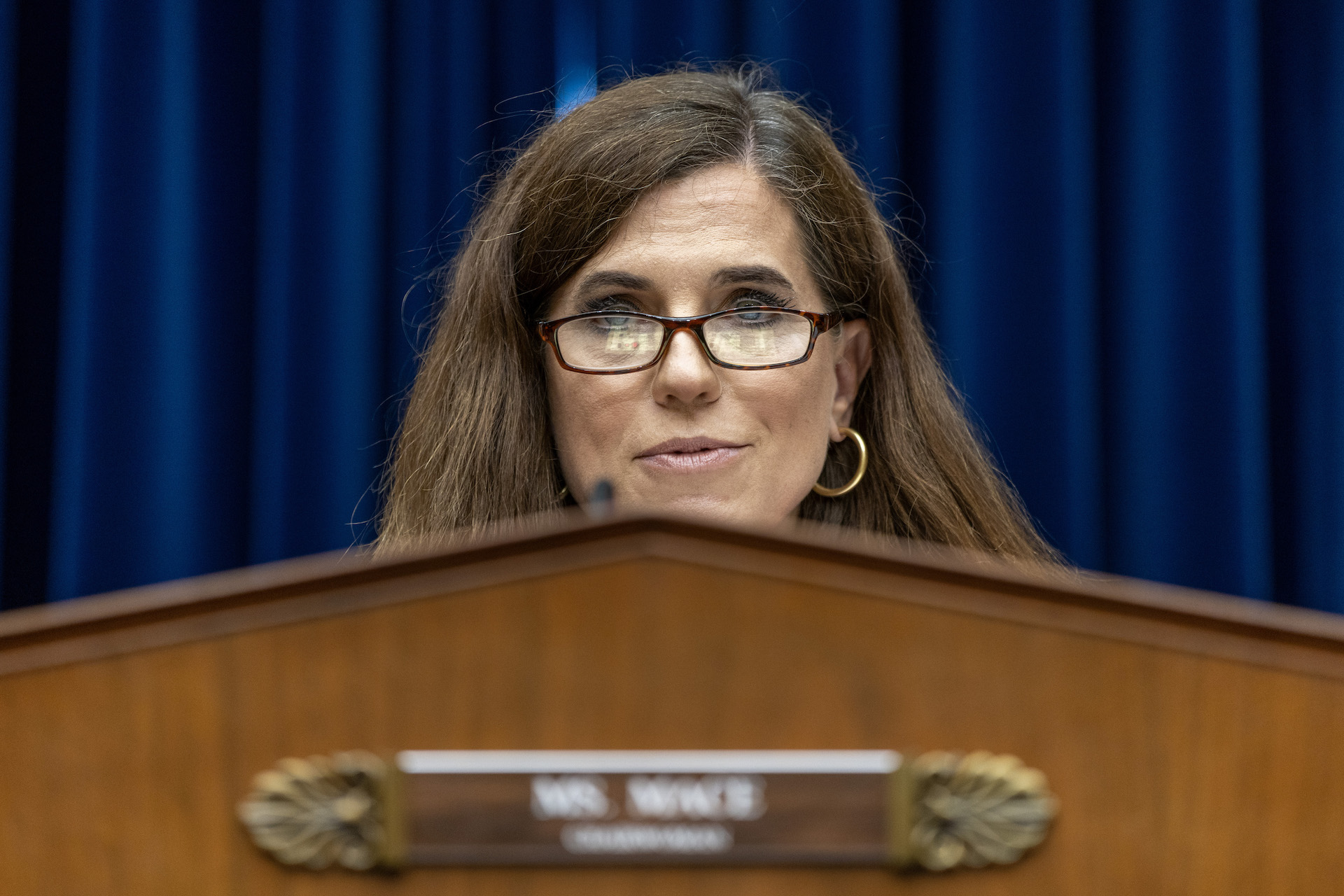Tesla Robotaxi's Achilles' Heel? Sunlight Exposure Sparks 'Phantom Braking' Concerns

The highly anticipated Tesla Robotaxi is generating significant buzz, promising a revolution in autonomous transportation. However, a newly released report has shone a light (pun intended!) on a potential critical flaw: its susceptibility to direct sunlight. This vulnerability, dubbed 'phantom braking,' could seriously hamper the Robotaxi's functionality and raise significant safety concerns.
What is Phantom Braking?
Phantom braking refers to instances where a vehicle unexpectedly and without apparent cause applies its brakes, often at speed. This can be incredibly dangerous, potentially leading to rear-end collisions or loss of control. While autonomous driving systems are designed to react to real-world hazards, phantom braking suggests a failure in accurately interpreting the environment.
The Sunlight Problem: A Detailed Look
The report details how Tesla’s vision-based autonomous driving system, heavily reliant on cameras, struggles with bright sunlight. The glare and reflections can overwhelm the system, causing it to misinterpret objects or, worse, fail to detect them altogether. This leads to the erratic braking behavior. The report doesn't just mention the problem; it provides specific examples of how sunlight conditions triggered phantom braking events during testing.
Why is this a Big Deal for the Robotaxi?
The Robotaxi is envisioned as a fully autonomous vehicle operating in diverse environments, including varying weather conditions. If the system consistently falters under sunlight, it significantly limits its operational scope and reliability. Consider a sunny afternoon in Auckland or Christchurch – common occurrences in New Zealand. The Robotaxi's performance in these conditions could be severely compromised.
Tesla's Response and Potential Solutions
Tesla has yet to officially comment on the report's findings. However, industry experts suggest several potential solutions. These include:
- Improved Camera Technology: Utilizing cameras with better dynamic range and sun visors could mitigate glare.
- Radar and LiDAR Integration: Relying less on camera-only vision and incorporating radar and LiDAR systems would provide redundancy and improve object detection in challenging conditions.
- Software Refinement: Algorithmic improvements to better filter out sunlight-induced noise and enhance object recognition are crucial.
- Geofencing and Operational Restrictions: Initially, limiting Robotaxi operations to areas with less intense sunlight or during specific times of day could be a temporary workaround.
The Future of Autonomous Driving in New Zealand
This report serves as a crucial reminder that autonomous driving technology is still evolving. While the potential benefits are immense – increased safety, reduced congestion, and improved accessibility – it’s vital to address these challenges proactively. The New Zealand government and regulatory bodies will be closely monitoring these developments as they consider the future of autonomous vehicles on our roads. Ensuring the safety and reliability of these systems is paramount, and this sunlight vulnerability highlights the need for rigorous testing and continuous improvement.
The success of the Tesla Robotaxi, and indeed the broader adoption of autonomous vehicles in New Zealand, hinges on overcoming these technical hurdles. It’s a complex challenge, but one that the industry must tackle head-on to unlock the full potential of this transformative technology.






